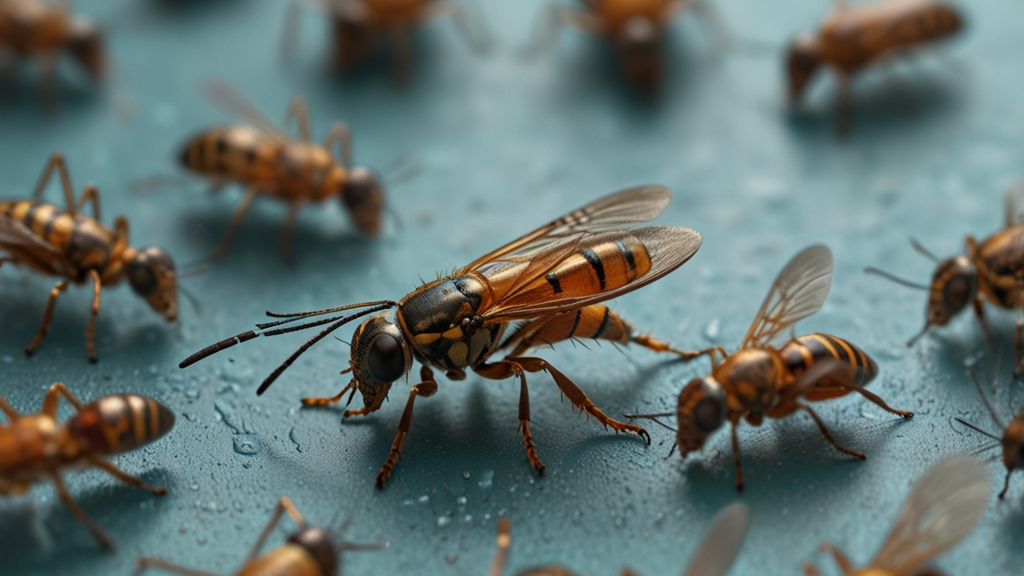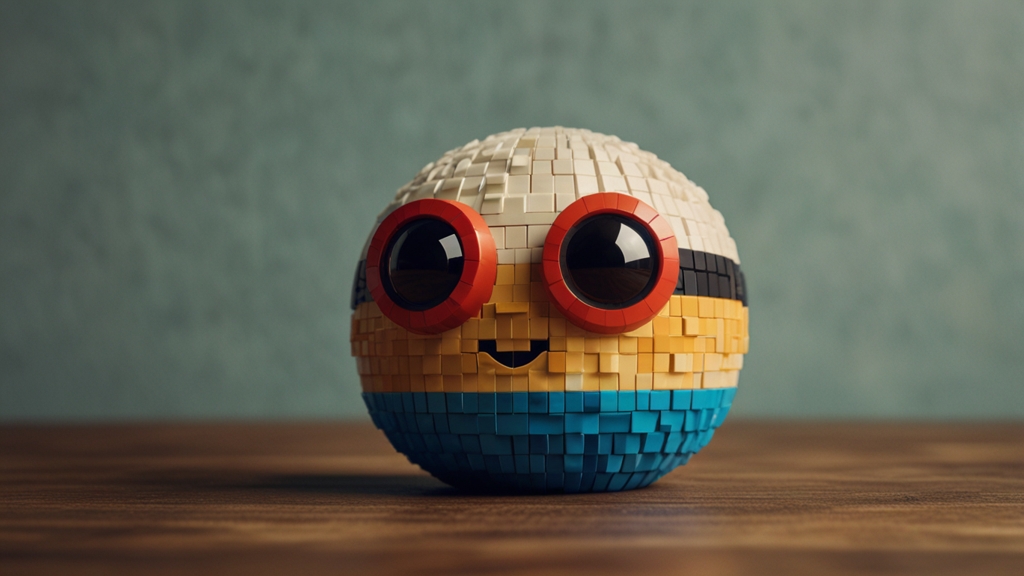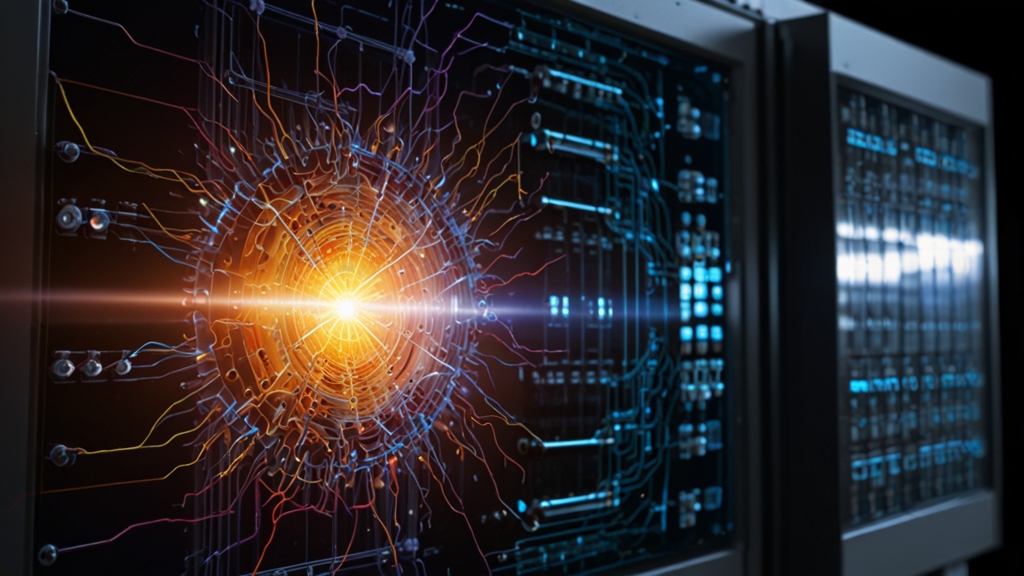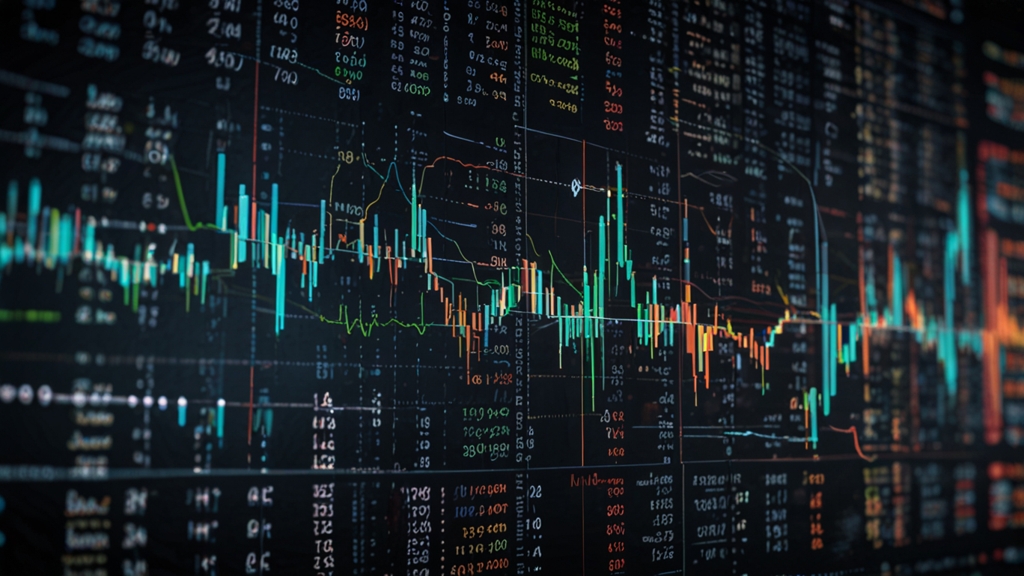Insects That Eat Plastic: A Glimpse into Sustainable Solutions
Plastic pollution stands as one of the most significant environmental challenges of our time. With millions of tons of plastic waste piling up in landfills and oceans, scientists are searching for innovative solutions to tackle this pervasive problem. Among these solutions, nature itself may hold one of the most promising answers: insects that eat plastic.
The Plastic Problem
Plastic waste is not merely an eyesore; it also poses severe threats to wildlife and ecosystems. Marine animals, for instance, often ingest plastic debris, leading to fatal consequences. The long-lasting nature of plastic means it can persist in the environment for hundreds of years, continuously harming the organisms it encounters. Recycling rates remain disappointingly low, and traditional methods of disposal, such as incineration, contribute to air pollution.
“In the face of an ever-growing mountain of plastic waste, turning to the natural world for solutions has become not just a possibility, but a necessity.”
Discovery of Plastic-Eating Insects
In recent years, researchers have discovered that certain species of insects have a unique ability to break down plastic. The waxworm, the larval stage of the greater wax moth, and the mealworm, the larval stage of the darkling beetle, have shown promise in their ability to degrade polyethylene, one of the most common forms of plastic.
Waxworms were first noted to consume plastic when a beekeeper observed them nibbling on a plastic bag. Subsequent research revealed that these caterpillars could indeed break down the chemical bonds in polyethylene, thanks to the bacteria in their gut. Similarly, mealworms have been found to digest various types of plastic, converting them into biodegradable waste.
Potential for Environmental Impact
The potential implications of these findings are enormous. If scientists can harness and scale up the natural plastic-degrading capabilities of these insects, it could lead to a revolutionary method for managing plastic waste. This biological approach contrasts significantly with mechanical and chemical methods, offering a potentially less harmful and more sustainable solution.
“Imagine a world where plastic waste is biodegraded biologically rather than stacking up in landfills or polluting our oceans. Insects could be the key to making this vision a reality.”
Challenges and Future Directions
Despite the promising prospects, several challenges remain. One of the primary issues is the scalability of this solution. Current experiments are mostly conducted on a small scale in controlled environments. To be effective, this approach needs to be practical on a large scale, which requires developing efficient methods for farming these insects and processing the resulting waste.
Moreover, there is the question of isolating and maximizing the efficacy of the enzymes and bacteria responsible for the plastic degradation. Advances in biotechnology may allow researchers to genetically engineer microbes or enzymes that can break down plastic more rapidly and efficiently than their natural counterparts.
Conclusion
The discovery of plastic-eating insects offers an exciting glimpse into potential sustainable solutions for one of the planet's most pressing environmental issues. However, translating this natural phenomenon into a viable large-scale solution will require substantial research and development. As scientists and environmentalists explore this avenue, we may be witnessing the beginning of an innovative method to combat plastic pollution, one that leverages the inherent capabilities of some of nature's most overlooked creatures.
“While the road ahead is fraught with challenges, the potential to turn the tide against plastic pollution through biotechnological innovation rooted in nature remains a compelling possibility.”








